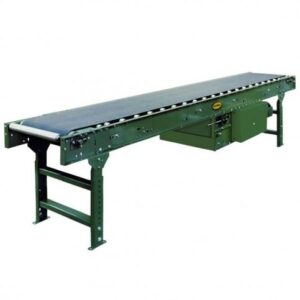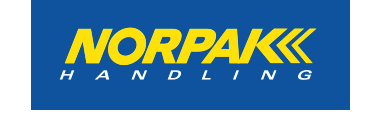 Norpak Handling’s expert advice on picking the right conveyor belt
Norpak Handling’s expert advice on picking the right conveyor belt
January 25, 2022 REDWIRE is news you can use from leading suppliers. Powered by FRASERS.
Posted by Norpak Handling Limited
Norpak Handling provides conveying products and complete turn-key systems to suit your requirements and solve your probl... Read more
Subscribe
Free REDWIRE e-newsletter

Many belt conveyors are available from Norpak.
High-quality material-handling systems are the specialty of Norpak Handling Ltd., and a vital part of optimizing these processes is selection of the appropriate conveyor belt. A wrong choice can lead to such inefficiencies as poor flow control, lack of grip on specific products, and inadequate performance in inclines and declines.
A recent blog entry by the Norpak team discusses the many factors a customer should consider when choosing a conveyor belt type.
Material, strength, and friction
The first step is to consider external factors, or the aspects of relevant applications that will affect the belt choice. These include the type of product involved, including shape, size, weight, and surface type, and the humidity and temperature variances of the work environment. Customers should also consider the mechanics of their operations, like inclines or declines, whether sorting is required, and the presence of inspection stations.
One should then consider factors regarding the belt itself. Examples include the belt material, its strength (which depends on its material and construction), the minimum usable pulley diameter, its temperature resistance or adaptability, and its friction grip. The last one depends on the material and on whether the belt has any special coatings.
Material is a major factor in conveyor-belt selection, as the specific application determines which material is most suitable. Examples of common materials and their advantages:
- PVC. Resists mineral and vegetable oil, and other food-related liquids, plus animal fat.
- Neoprene. Resists all oils.
- Polyurethane. Resists oils and abrasive substances.
- Silicone. High resistance to extreme temperatures.
- Teflon. This material prevents sticking to adherent material.
- Rubber. Resists water and cold temperatures, with high friction and grip.
- Nitrile. Resists all oils.
- Kevlar. Resists high temperatures, mildew, and chemical substances.
Customers seeking the right conveyor belts are often also looking for suitable conveyor surfaces for the belts – so it is wise to learn the difference between roller and slider beds too. In some cases, standard conveyor belts are not enough, and Norpak Handling offers customized solutions for these clients, following an in-depth consultation about the individual requirements.
To learn more, contact Norpak.
Share
Posted by Norpak Handling Limited
Norpak Handling provides conveying products and complete turn-key systems to suit your requirements and solve your probl... Read more
